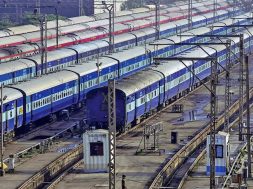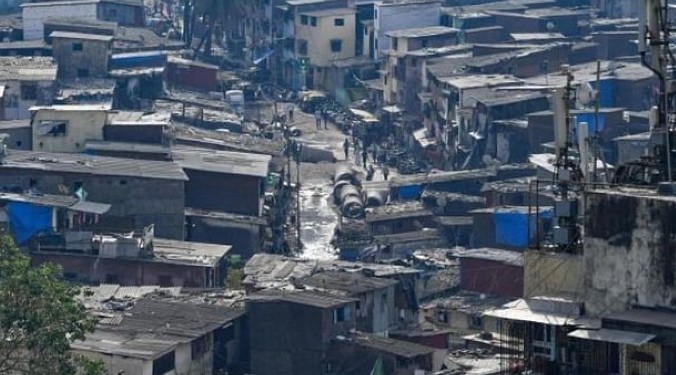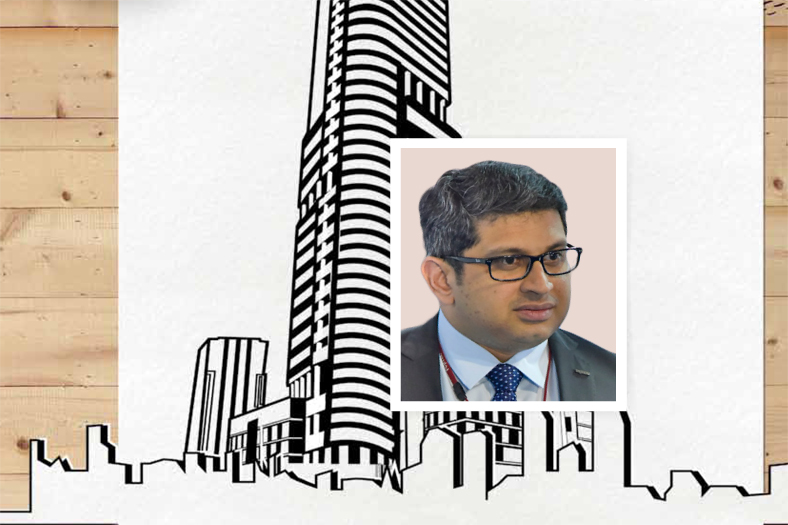LIFTING ECONOMY – An outlook on MHE industry in India [Nov 2011]
LIFTING ECONOMYAn outlook on MHE industry in IndiaThe MHE industry plays a key role in the growth of economy. Players from the industry take a look at the challenges and trends contributing towards the emerging growth
Future looks positive Infrastructure is the key for any country to progress. Of late, there has been a transition in terms of infrastructure to yesteryears. Though, India is one of the fastest growing economies in the world, the country lags behind few developing countries in terms of infrastructure building. As infrastructure improves, India stands to become a favourable commercial hub for many countries as the opportunities are ample for any industry to step in.
The material handling equipment (MHE) plays a key role in infrastructural development. During the past two years, the MHE market in India has shown a growth of 10 per cent. Highlighting the encouraging performance of this industry MM Shahane, Director (Voltas Material Handling) and EVP (Voltas) said, “The current year has continued an uptrend and we expect the market to grow at the same rate in the near future. The growth is being driven by investments in equipment for material handling in various sectors like manufacturing – automobiles, engineering, process inventories, warehousing, logistics, and ports etc”.
He further adds, “The opportunities for MHE will be driven by investments in various sectors including infrastructure. There is going to be additional need for set up of ports, airports, warehousing and logistic sectors to support the growth of the manufacturing industry and overall economy. All these would require a variety of MHE like forklifts, stackers, container handlers, and cranes etc. which will provide many opportunities for growth of MHE business”.
Indian Companies Not CompetitiveMr. Shahane feels the Indian companies in MHE industry are not competitive as compared to other manufacturers from Europe and China due to lack of economies of scale. The total market size in India is around ` 700 crore for all types of MHE, while in other countries it is much larger. In addition, there are many other costs which have to be borne by Indian manufacturers related to poor infrastructure delays in logistics and clearances, high taxation rates, high cost of inputs etc. These also make Indian companies less competitive compared to global manufacturers.
Transition welcomed by the crane industryThe crane industry in India is going through the phase of transition. It is now open to higher levels of technology in equipment like EOT cranes and light crane systems. “As far as the demands are concerned especially the crane market has a huge potential and the business in India is to the tune of ` 1,500 to 2,000 crore. Apart from the normal cranes, special cranes have good demand in the market. These types of cranes are termed as process cranes are manufactured by limited vendors, hence the opportunity and the business potential is high”, explains M Srinath, General Manager – Sales & Marketing, Armsel MHE. Armsel has two such products in its basket known as flame proof cranes and cooling stack inspection equipment.
Adarsh Hegde, Head Sales and Marketing, Demag Cranes & Components claims, “Investments in infrastructure will obviously result in creating demand whereas investments in steel, power positively impact us. Further better connectivity across the country aids creation of new industrial zones which are again of importance to us”.
However, Sorab Agarwal, Executive Director, Action Construction Equipment comments, “Crane business is generally slow during the monsoons. In the current year, monsoon got extended till September. This cyclic affect is experienced every year”.
High inflation – A threat for MHE marketThe current slowdown in the US economy had limited impact in the investments in infrastructure manufacturing and logistics within India. “This may have an adverse effect in the future months since it could lead to slowdown of investments, leading to sluggishness of demand for MHE”, Mr. Shahane predicts. However, he thinks, another factor which has been a cause for worry for the MHE market has been high inflation in India and the steep rise in interest rates to over 15 per cent. “This will again impact investments in capacity expansion and new projects, as the cost would become unviable for customers”, Mr. Shahane envisages.
Mr. Agarwal comments, “The stock market gets affected due to any adverse international news especially from America or Europe and gradually it starts to trickle into the real economy as well. But we think the bigger concern is commodity prices, inflation rate and even the high interest rates, which are prevailing in the market. We feel that there would be a small blip in the current year, but on the whole we are quite hopeful for the overall economic and infrastructure growth of our country over the next 5-10 years.”
Mehul Patel, Managing Director, Anupam Industries said, “If we look back at the start of the crisis, it clearly indicates that India is largely domestically driven and large part of our economy is insulated from the global crisis even with a temporary hit to growth. The global recession, which started in 2008, saw India report slower than the trend GDP growth rate of 6.8 per cent, and it quickly bounced to 7.4 per cent the following year. Hence I feel that overall India will not face the slowdown impact and Indian economy will be largely neutral to the US downgrade”.
Future trendThe future trend in material handling system could be possibly designing small size and high efficient equipment predicts Saeesh Nevrekar, GM, Konecranes India. He comments, “The power consumption, material of construction, operating noise levels and eco-friendly features will play a mammoth role while introducing new products in the market.”
However, the Indian companies in MHE industry have to work more towards developing technologies and equipment which are more suitable for the needs of the local market now and hone them to participate at global level later.
Cookie Consent
We use cookies to personalize your experience. By continuing to visit this website you agree to our Terms & Conditions, Privacy Policy and Cookie Policy.









